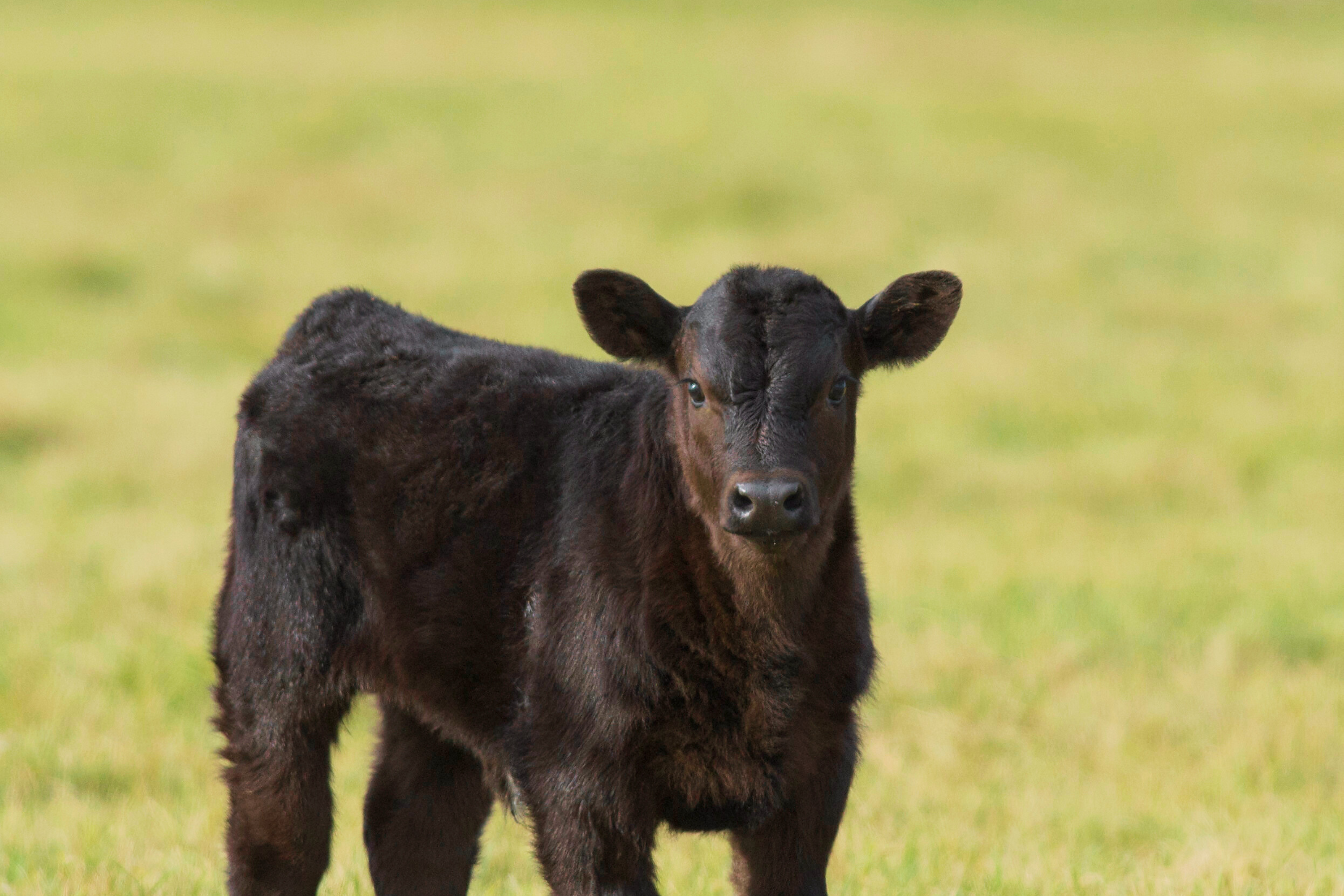
Ear Notching for Calf Identification: A Practical Guide
Ear notching is a traditional and cost-effective method of permanently identifying calves. By removing small, V-shaped notches from the edges of a calf's ear, ranchers can create unique patterns that serve as lifelong identifiers. This technique is particularly useful in operations where multiple owners share grazing land, as each owner can have a distinct notching pattern to identify their calves.
What Is Ear Notching?
Ear notching involves using specialized pliers to remove small sections of a calf's ear in a specific pattern. Each notch's position and number can represent different information, such as the animal's birth year, dam, or ownership. This method is commonly used in the pig industry but is also applicable to cattle, especially in communal grazing situations. For example, on the Barona Indian Reservation, different ear notching patterns were used to distinguish calves belonging to various owners sharing the same pasture.
Advantages of Ear Notching
-
Permanence: Unlike ear tags, which can fall off or be removed, ear notches are permanent and remain with the animal for life.
-
Cost-Effective: Ear notching requires minimal equipment and no ongoing costs, making it an economical choice for many ranchers.
-
Simplicity: The method is straightforward and can be performed quickly with proper training.
Best Practices for Ear Notching
-
Use Clean Equipment: Always disinfect the notching tool before and after each use to prevent infections.
-
Proper Placement: Ensure notches are placed in the correct positions to convey the intended information.
-
Record Keeping: Maintain detailed records correlating each notch pattern with the corresponding animal data.
-
Animal Welfare: Perform notching quickly and efficiently to minimize stress and discomfort to the calf.
Considerations and Limitations
While ear notching offers several benefits, it's essential to consider its limitations:
-
Visibility: Unlike ear tags, ear notches may be harder to see from a distance, potentially requiring closer inspection.
-
Standardization: Without a standardized system, notch patterns can be misinterpreted, especially when animals are sold or moved to different operations.
-
Regulatory Compliance: In some regions, ear notching may not meet official identification requirements for disease control or traceability programs.
Conclusion
Ear notching remains a valuable tool for calf identification, particularly in operations where cost and permanence are primary considerations. By adhering to best practices and maintaining accurate records, ranchers can effectively utilize ear notching to manage their herds. However, it's crucial to be aware of its limitations and consider integrating other identification methods, such as ear tags or electronic IDs, to meet regulatory requirements and enhance traceability.
Up next: Neck Collars and Anklets for Calf Identification: Practical Solutions
Share


